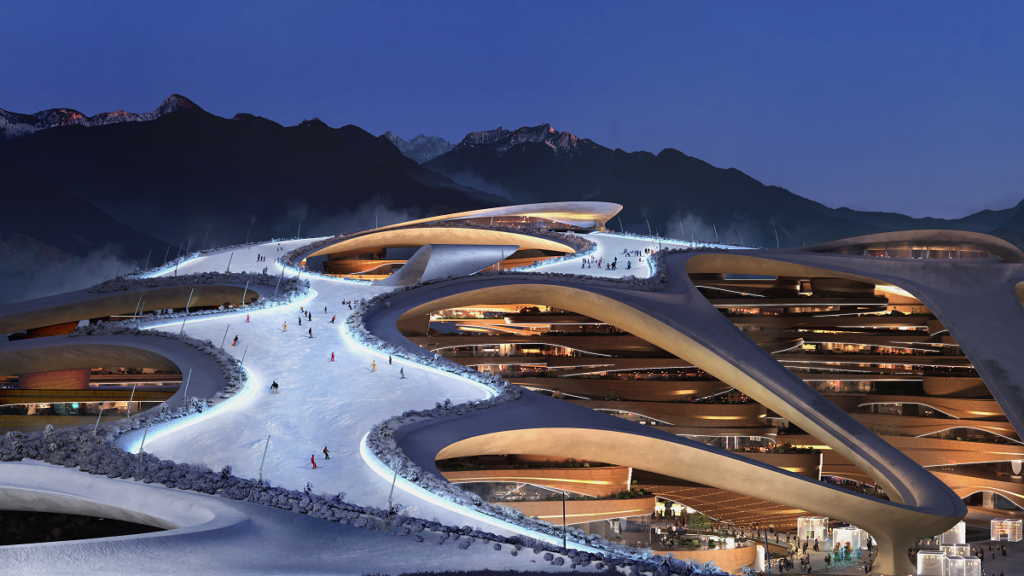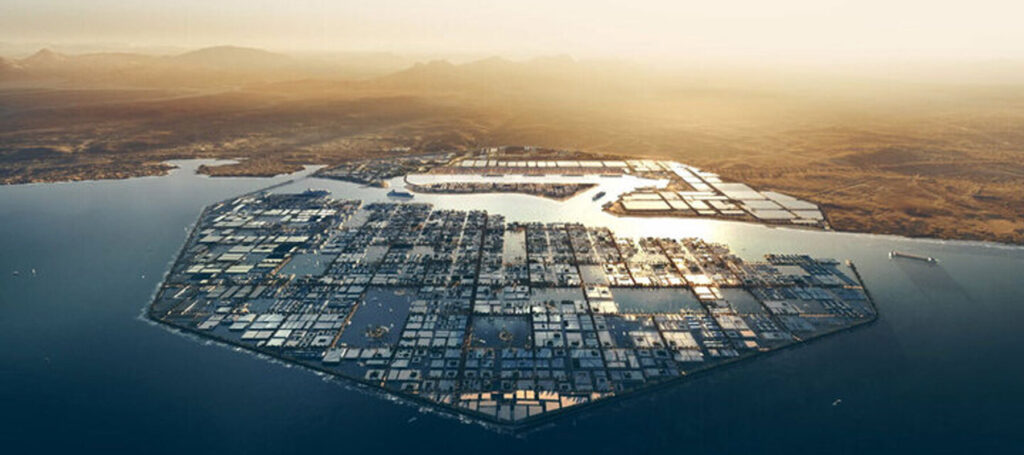Saudi Arabia’s Vision 2030 is a comprehensive plan that aims to transform the country and diversify its economy away from oil dependency. Launched in 2016 by Crown Prince Mohammed bin Salman, the vision outlines a roadmap for economic, social, and cultural development over the next decade. This ambitious plan seeks to position Saudi Arabia as a global investment powerhouse and a hub for innovation and tourism.
The importance of Vision 2030 cannot be overstated for Saudi Arabia’s future. As one of the world’s largest oil producers, the country has long relied on oil revenues to fuel its economy. However, with fluctuating oil prices and increasing global demand for renewable energy sources, it has become imperative for Saudi Arabia to reduce its dependence on oil. By diversifying its economy through various sectors such as tourism, entertainment, technology, and manufacturing, Vision 2030 aims to create new opportunities for growth and ensure long-term sustainability.
Summary
Saudi Arabia’s Vision 2030 aims to diversify the economy and reduce dependence on oil.
The Kingdom’s mega projects include NEOM, Qiddiya, and the Red Sea Project.
These projects are expected to create jobs, boost tourism, and attract foreign investment.
However, there are challenges such as funding, infrastructure, and social reforms that need to be addressed.
Achieving Vision 2030 requires collaboration between the government, private sector, and society as a whole.
Overview of the Kingdom’s Mega Projects
Under Vision 2030, Saudi Arabia has embarked on several mega projects that are set to redefine the landscape of the kingdom. These projects are not only aimed at attracting foreign investment but also at creating job opportunities for Saudis while enhancing their quality of life.
One such mega project is NEOM – an ambitious $500 billion futuristic city located in northwest Saudi Arabia along the Red Sea coast. NEOM aims to become a leading global destination for innovation by focusing on sectors such as biotechnology, robotics, renewable energy, and advanced manufacturing.
Another notable project is Qiddiya – an entertainment city being developed near Riyadh with an estimated cost of $8 billion. Qiddiya will feature theme parks, sports facilities including a Formula One racetrack and golf courses; it will also host cultural events attracting both local residents and international tourists.
The Red Sea Project is yet another significant initiative under Vision 2030. This project aims to develop a luxury tourism destination along the Red Sea coast, covering more than 28,000 square kilometers of pristine beaches, coral reefs, and islands. The Red Sea Project is expected to contribute significantly to the growth of Saudi Arabia’s tourism sector and create thousands of job opportunities.
Impact of the Mega Projects on Saudi Arabia’s Economy and Society
The mega projects under Vision 2030 are expected to have a profound impact on Saudi Arabia’s economy and society. From an economic perspective, these projects will diversify the country’s revenue streams by attracting foreign direct investment (FDI) and creating new industries.
The development of NEOM alone is projected to contribute $100 billion annually to Saudi Arabia’s GDP by 2030. It will also create more than one million jobs across various sectors, reducing unemployment rates significantly. Similarly, Qiddiya is expected to generate around 57 billion riyals ($15 billion) in annual revenue by 2030 while creating approximately 17,000 jobs.
In addition to economic benefits, these mega projects will also bring about social transformation in Saudi society. For instance, Qiddiya aims to provide recreational facilities for Saudis who previously had limited options for entertainment within their own country. This will not only enhance their quality of life but also promote a sense of national pride.
Furthermore, the Red Sea Project will help preserve the kingdom’s natural resources while promoting sustainable tourism practices. By focusing on environmental conservation and responsible development strategies, this project aims to protect marine life and ecosystems while providing visitors with unique experiences in an untouched natural environment.
Challenges and Opportunities in Achieving Vision 2030
While Vision 2030 presents immense opportunities for Saudi Arabia’s future growth and prosperity, it also faces several challenges that need careful consideration during implementation.
One significant challenge is changing mindsets within society as well as bureaucracy at various levels towards embracing innovation and entrepreneurship – key pillars of Vision 2030. This requires a shift from a traditional oil-dependent economy to a knowledge-based economy, which may take time and effort.
Another challenge lies in the need for skilled labor to support the mega projects. While Saudi Arabia has made significant investments in education and vocational training, there is still a shortage of qualified professionals in certain sectors. Addressing this gap will require continued investment in human capital development and attracting talent from abroad.
However, these challenges also present opportunities for Saudi Arabia. By investing in education and training programs, the country can develop its own pool of skilled workers who can contribute to the success of Vision 2030. Additionally, attracting foreign expertise through partnerships with international companies can help bridge the skills gap while fostering knowledge transfer.
The government has recognized these challenges and is taking proactive measures to address them. Initiatives such as educational reforms, entrepreneurship support programs, and regulatory reforms have been implemented to create an enabling environment for businesses and individuals alike.
In conclusion, Saudi Arabia’s Vision 2030 represents a transformative plan that aims to diversify the country’s economy away from oil dependency while improving social well-being through mega projects that promote innovation, tourism, entertainment, and sustainable development.
The mega projects under Vision 2030 are not only expected to boost economic growth but also enhance societal well-being by providing job opportunities for Saudis while improving their quality of life through increased access to entertainment options within their own country.
While challenges exist on the path towards achieving Vision 2030’s goals such as changing mindsets towards innovation or addressing skill shortages; they also present opportunities for growth through investment in education and human capital development.
With careful planning and implementation supported by ongoing reforms at various levels of society; Saudi Arabia has positioned itself on an exciting trajectory towards realizing its vision for a prosperous future beyond oil dependence.
This trajectory is driven by a comprehensive set of economic, social, and cultural reforms that aim to diversify the economy, empower the private sector, and enhance the quality of life for all citizens. The Vision 2030 plan, launched in 2016, serves as the blueprint for this transformation, outlining specific goals and initiatives across various sectors. Key areas of focus include developing non-oil industries such as tourism, entertainment, and technology; attracting foreign investment; promoting entrepreneurship and innovation; improving education and healthcare systems; and fostering a vibrant cultural scene. These reforms are supported by a series of policy changes, regulatory reforms, and infrastructure investments that create an enabling environment for growth and development. Additionally, Saudi Arabia is actively working towards enhancing its global reputation through initiatives like the NEOM project, which aims to create a futuristic city that serves as a hub for innovation and sustainability. With these efforts in place, Saudi Arabia is well on its way to achieving its vision for a prosperous future beyond oil dependence.



